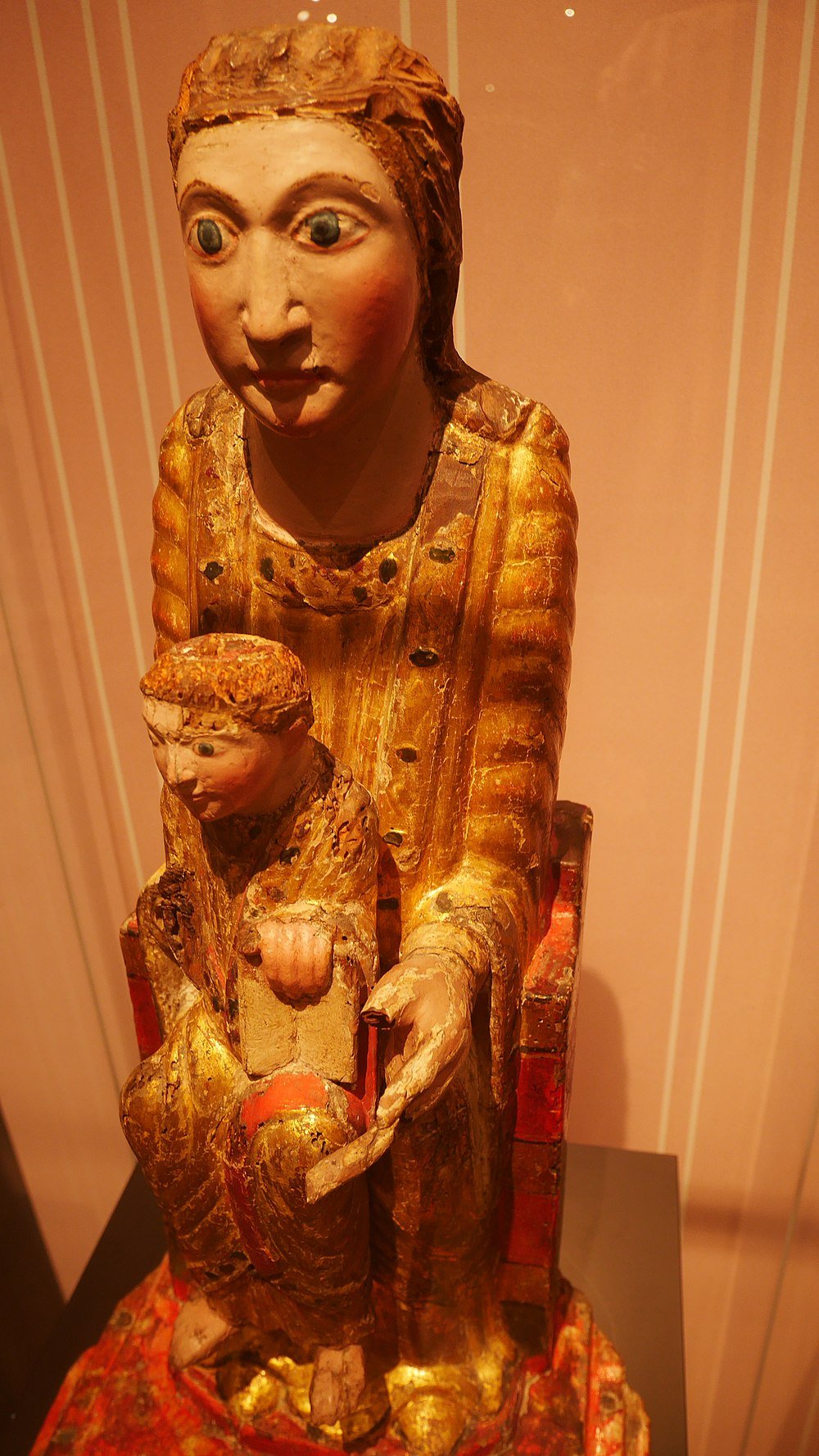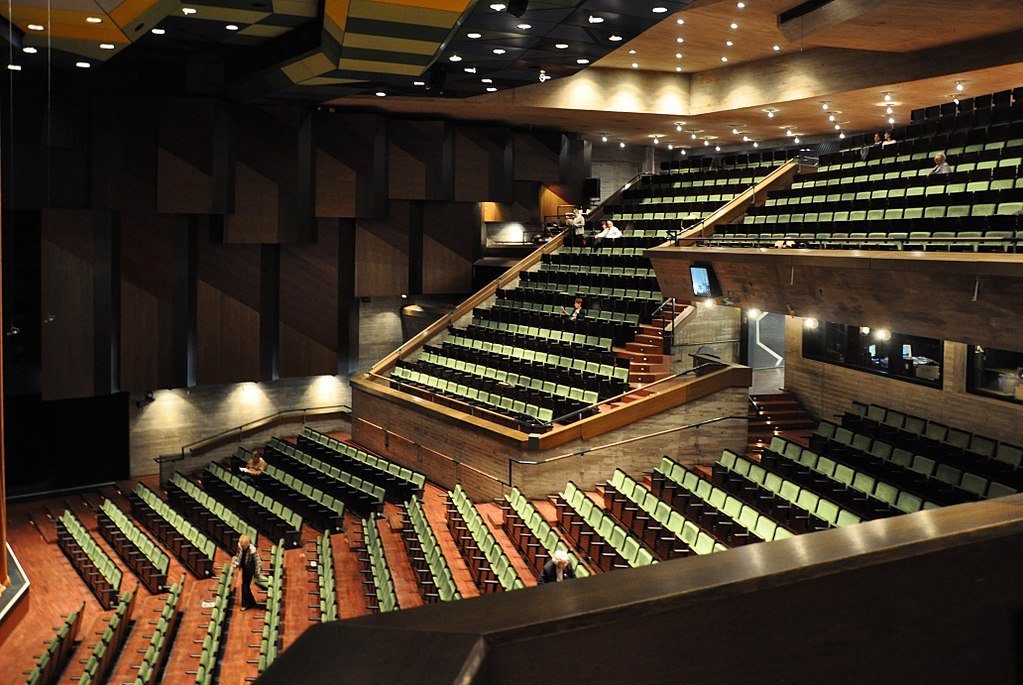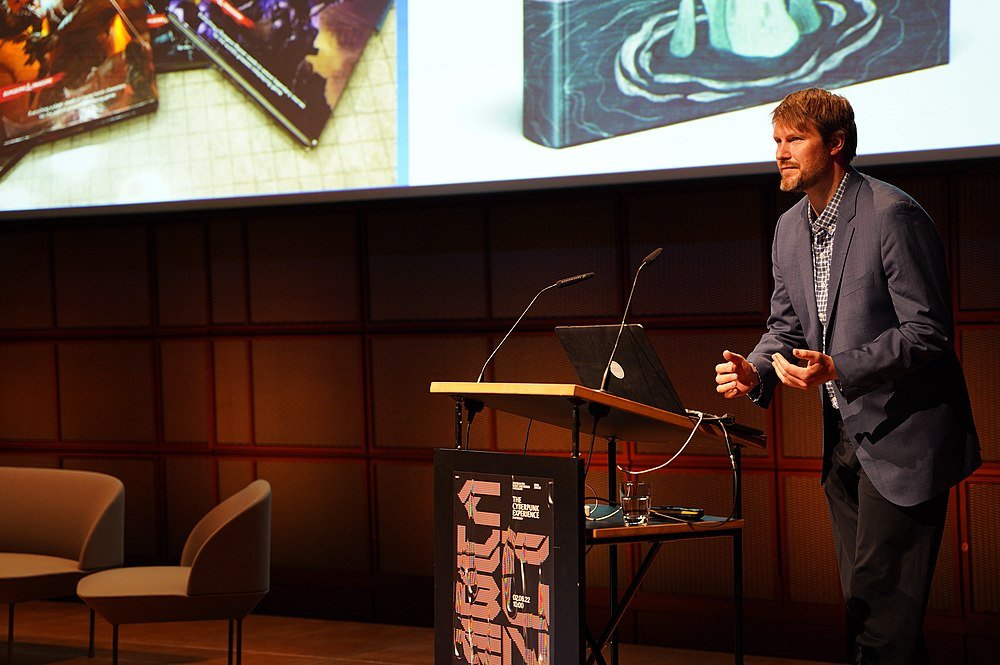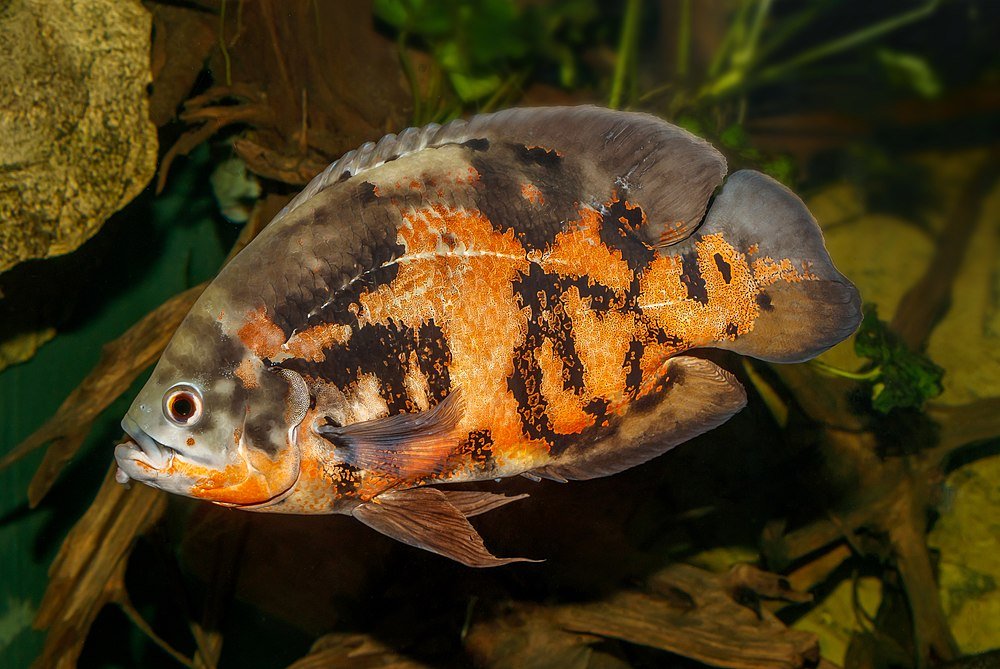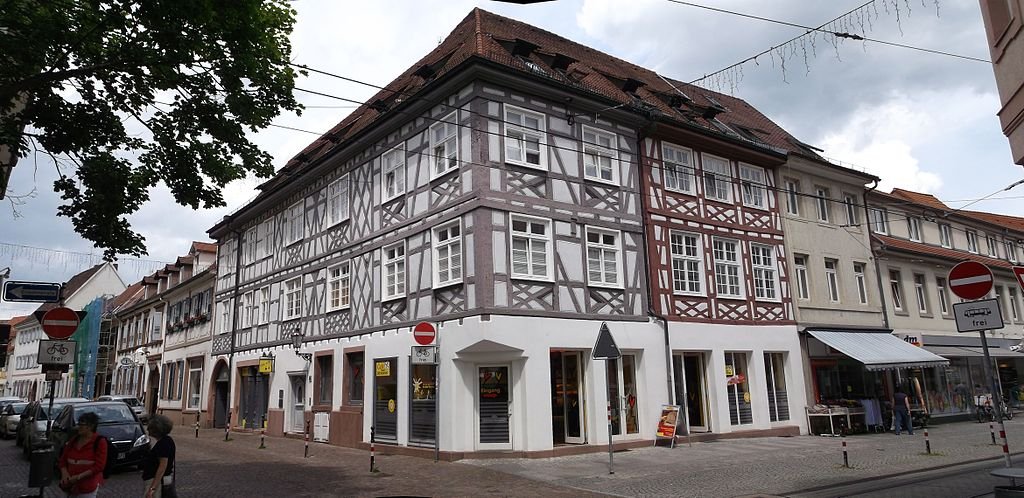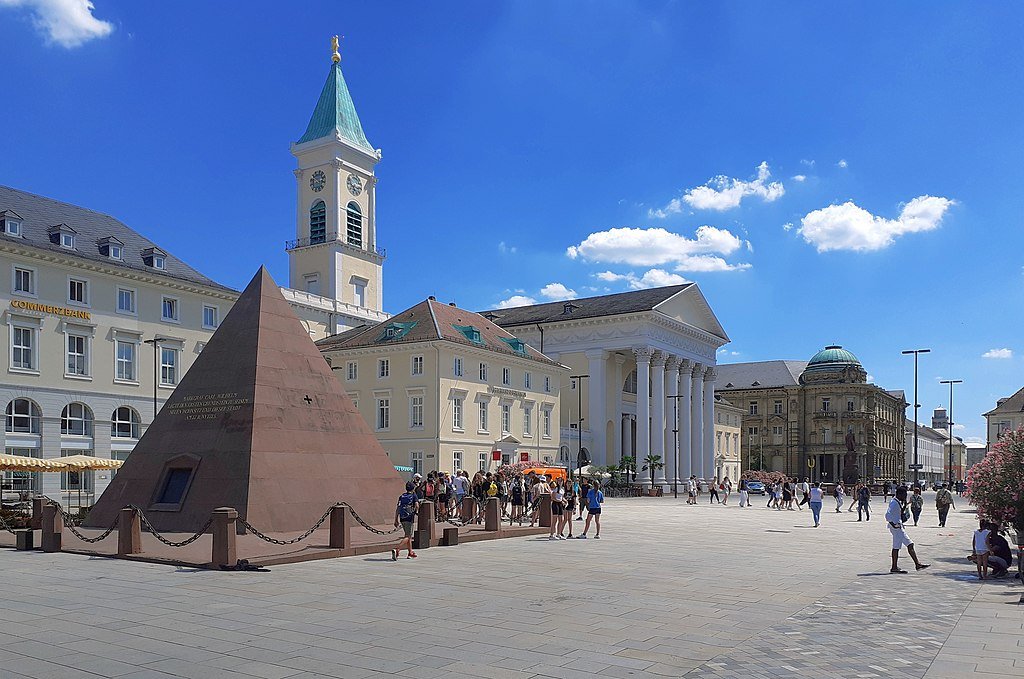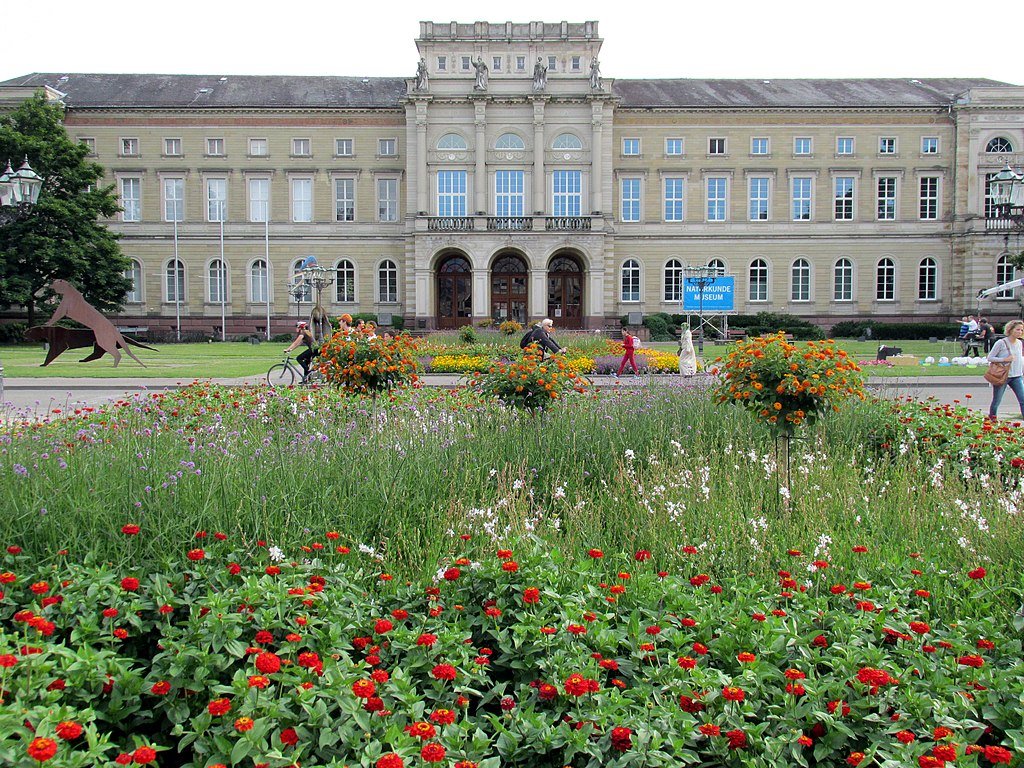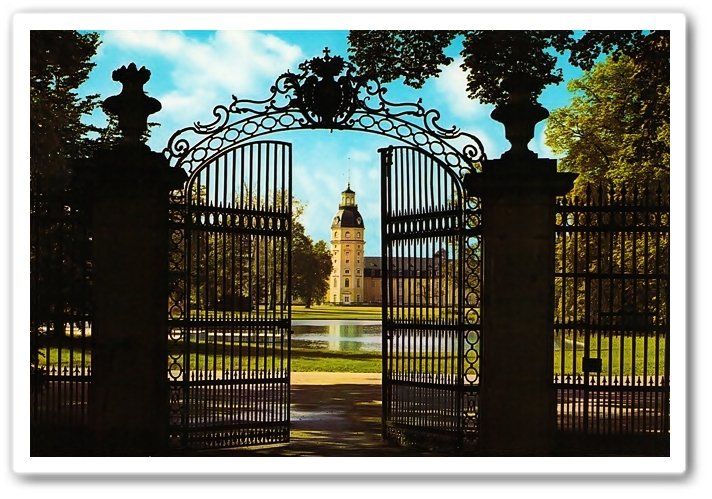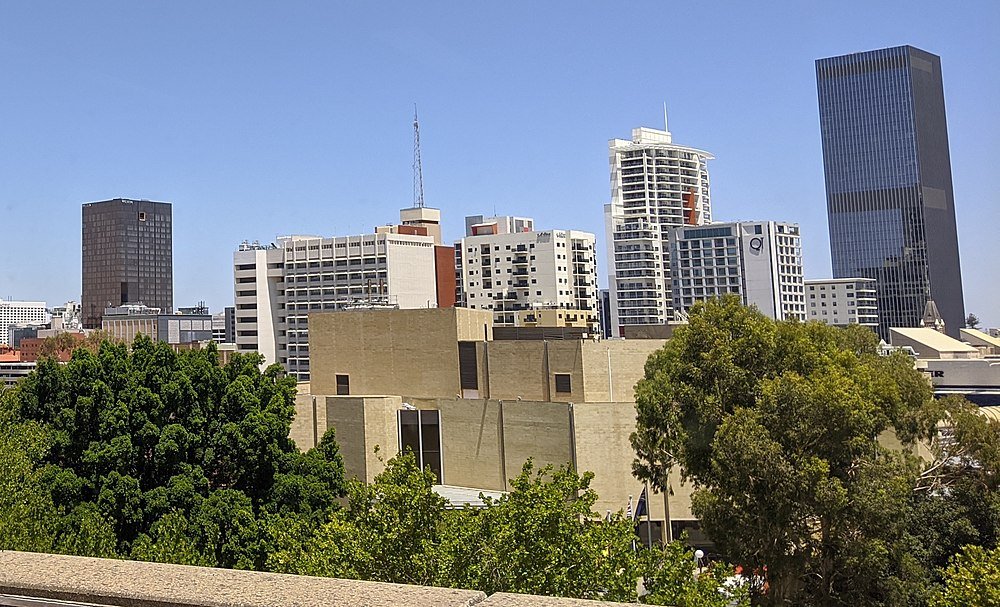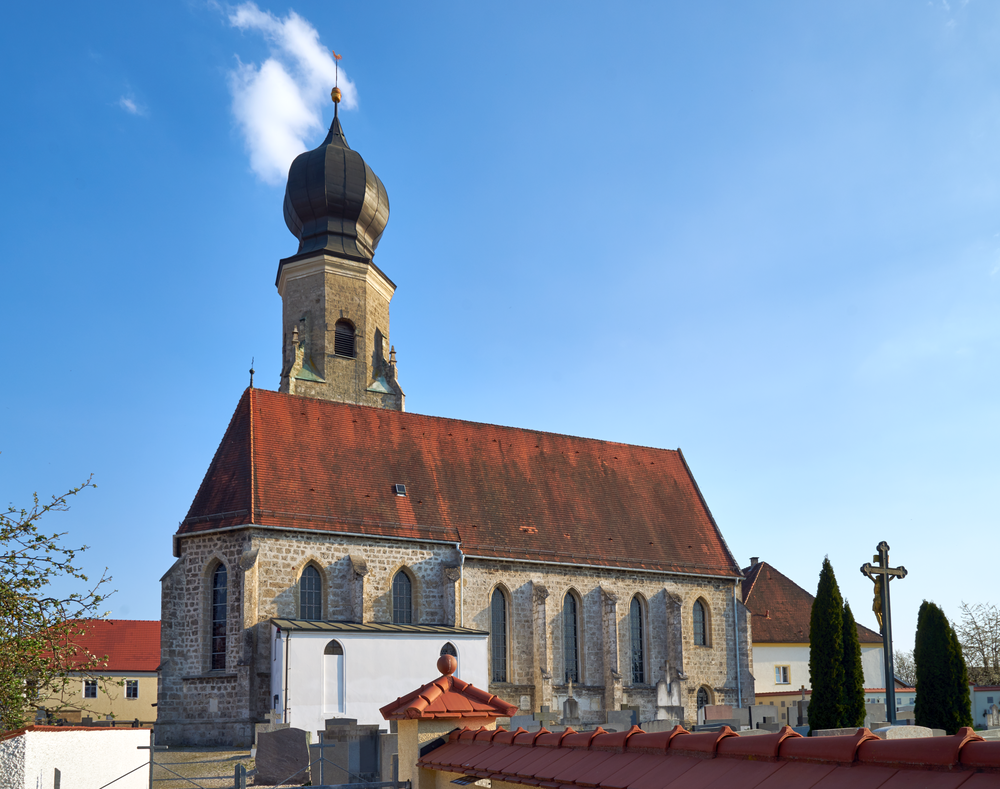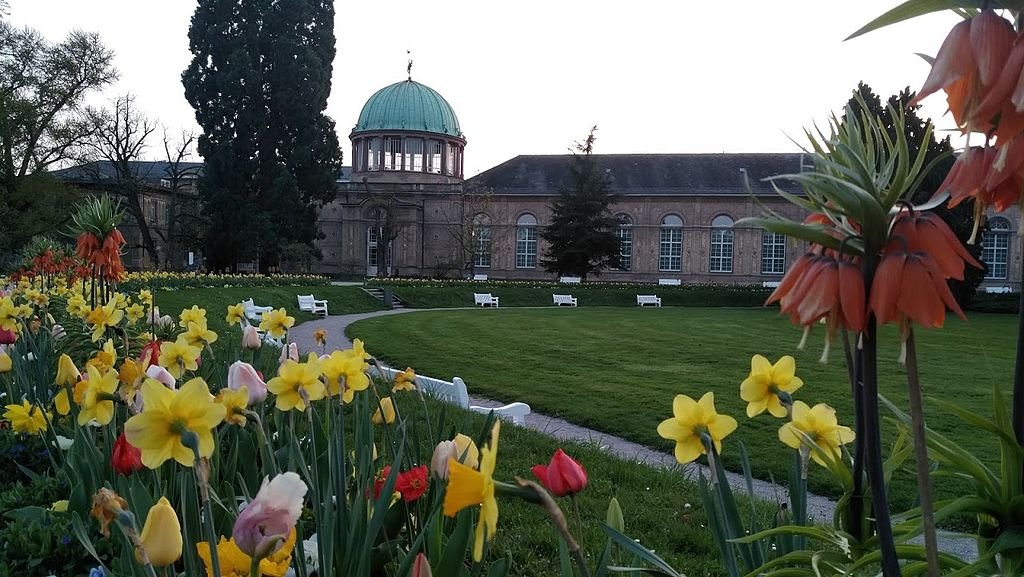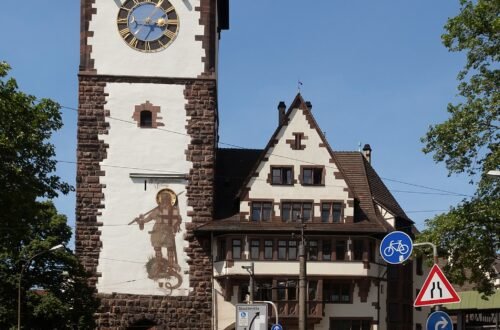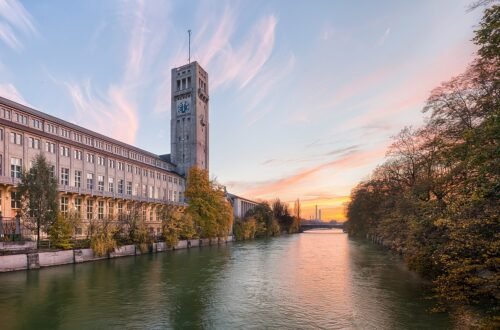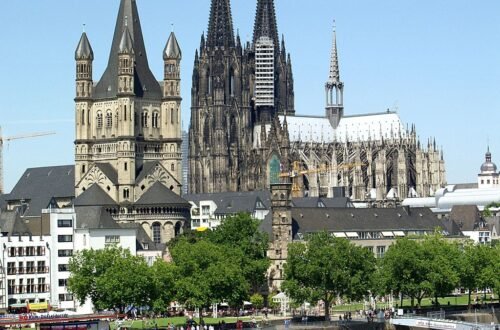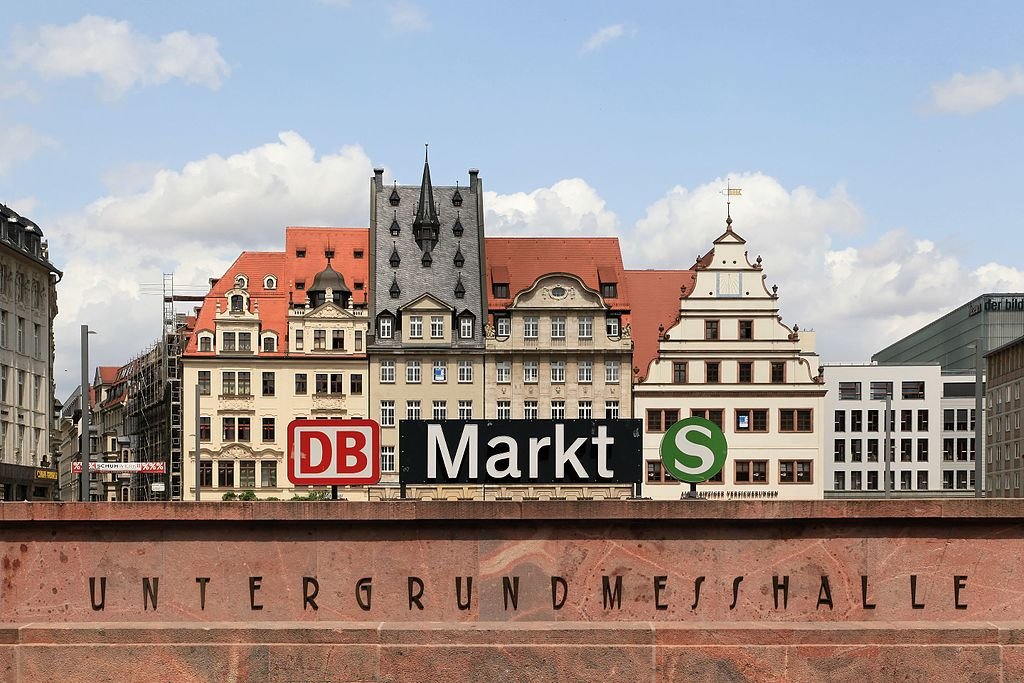
15 Best Things to See in Karlsruhe (Germany)
The city of Karlsruhe in Baden-Württemberg is called “Facherstadt,” which in German means “Fan City.” You’ll understand why once you see a map of the city. In the 18th century, Margrave Charles III William planned the city of Karlsruhe. It has a simple geometric layout. His palace would be in the northernmost point, and 32 avenues would spread out like the ribs of a hand fan to the south, east, and west. Karlsruhe’s strong points are its Neoclassical buildings and the collections that the grand dukes, prince electors, and margraves of Baden, who ruled this area until 1918, put together. Since the end of the war, Germany has agreed that the Federal Constitutional Court and the Federal Court of Justice are in Karlsruhe. Let’s examine the top activities in Karlsruhe:
- Kaiserstraße
- Badisches Landesmuseum
- Alter Schlachthof
- Badisches Staatstheater Karlsruhe
- ZKM: Centre for Art and Media
- Zoo Karlsruhe
- Karlsruhe Palace
- Durlach District
- Marktplatz
- State Museum of Natural History
- Karlsruhe Majolica Manufactory
- State Art Gallery
- Pfarrkirche St. Stephan
- Botanischer Garten
- Turmberg
Kaiserstraße
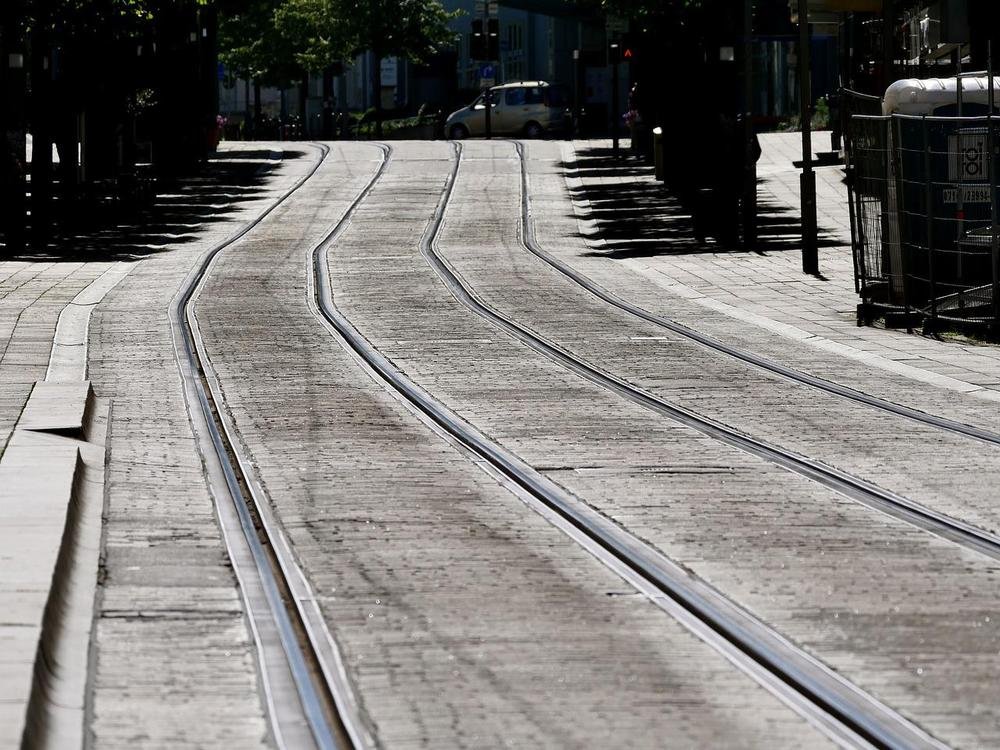
The pedestrianized Kaiserstraße, which is a few blocks away from the palace, is where people shop in Karlsruhe. It is an arrow-straight road that runs for nearly two kilometers across nine of Karlsruhe’s peripheral streets, similar to the majority of the central streets. Kaiserstraße is home to all of Germany’s major retail brands, but there are also plenty of independent and family-run stores there as well. Along the entire stretch, there are cafe terraces that are extremely popular in the summer. Make sure to go down Herrenstraße, which is one of the streets known for its antique shops. And you must stop by the Postgalerie, where the historic Neoclassical post office building has been transformed into a cutting-edge shopping mall.
Badisches Landesmuseum
The Baden State Museum opened at the castle for the first time in 1921 and again in 1959 following reconstruction. The museum delves into Baden-Württemberg’s collection of classical antiquities and prehistoric artifacts, which is shown in the basement and on the ground level. The margraves also gathered a collection of Turkish artifacts and curiosities throughout the Ottoman Wars in Europe, which are shown on the first floor. The margrave’s cabinet of curiosities, local china, furniture, weapons, and an exhibition about the palace’s history are all located up here as well.
Alter Schlachthof
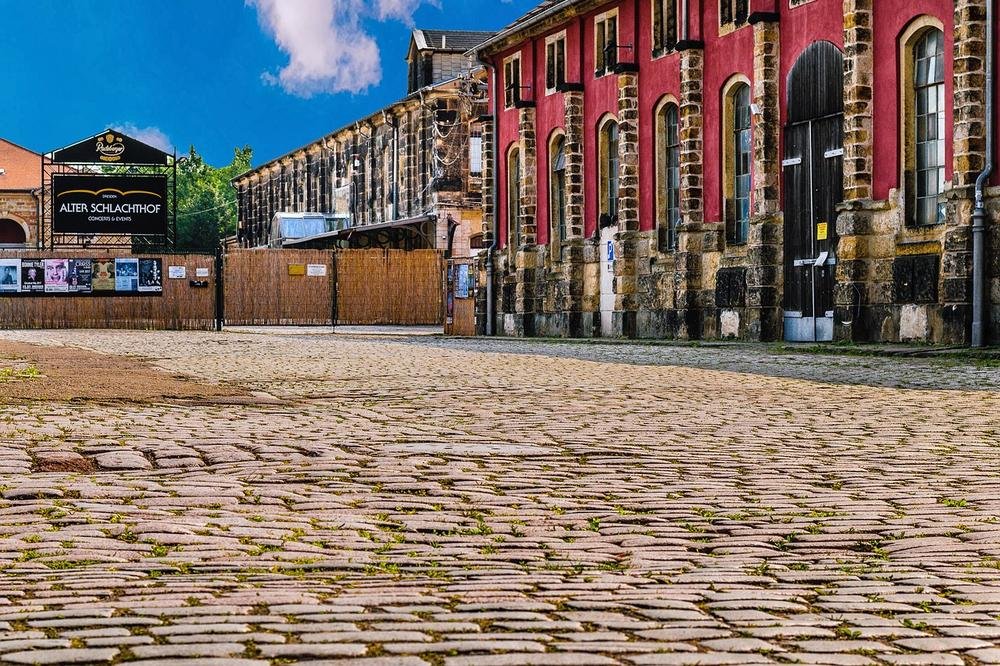
In Karlsruhe’s Oststadt, an old slaughterhouse and cattle farm that had been left empty have been turned into a cultural center and office building. The atmospheric 1880s and 1890s industrial structures are now nightclubs and restaurants. The old pig market is now a popular place for new businesses to set up shop. 68 old shipping containers have been turned into small offices. One former meat market has been transformed into an exhibition hall. The main building in the area is the Kulturzentrum Tollhaus, which is where music, dance, comedy, and street theater are performed.
Badisches Staatstheater Karlsruhe
The Baden State Theater by Ettlinger Gate is one of the best opera houses in Germany for people who like the classic arts. At this contemporary complex, which was built in its place after the 19th-century hall was destroyed during the war, you may dress up and watch opera, ballet, and theater acts. The Baden State Opera Choir and the Baden State Philharmonic, both of which are attached to the theater, provide the music for the ballet and musical theater performances. If you’re in the area in February, you may attend the Handel Festival, which has performances timed to the baroque composer’s birthday on February 23.
ZKM: Centre for Art and Media
In a former weapons plant that has been turned into a cultural center, there is a hub for art and technology. The factory’s huge courtyards are now home to two museums, one for contemporary art and one for new media, as well as three research facilities. The courtyards are covered by a glass roof. Both museums present transient exhibits with frequently shifting themes. Although some of the exhibits can be difficult, the venue is so big that there are constantly innovative, interesting, and thought-provoking things happening. Also, young people are taken into account. Before you go to Karlsruhe, you might want to find out about the workshops that are set up.
Zoo Karlsruhe
In 22 hectares just north of the Hauptbahnhof, Zoo Karlsruhe opened in 1865, putting it among Germany’s first public zoos. Since it first opened, the park has combined the plant displays from the Stadtgarten with animal cages that have been updated to meet modern ethical standards. One of the most cutting-edge modern attractions is the Exotenhaus, which is a climate-controlled area that used to be an indoor swimming pool. There are 2,000 creatures from 100 different species inside, and the two sloths, two bats, and birds in the main hall are all allowed to roam freely. Other recent additions include the biggest coati cage in Germany and a part of the Himalayas where snow leopards and red pandas live. One of the nation’s first Japanese gardens, built in 1918, and a rose garden with 15,000 bushes may both be found in the Stadtgarten.
Karlsruhe Palace
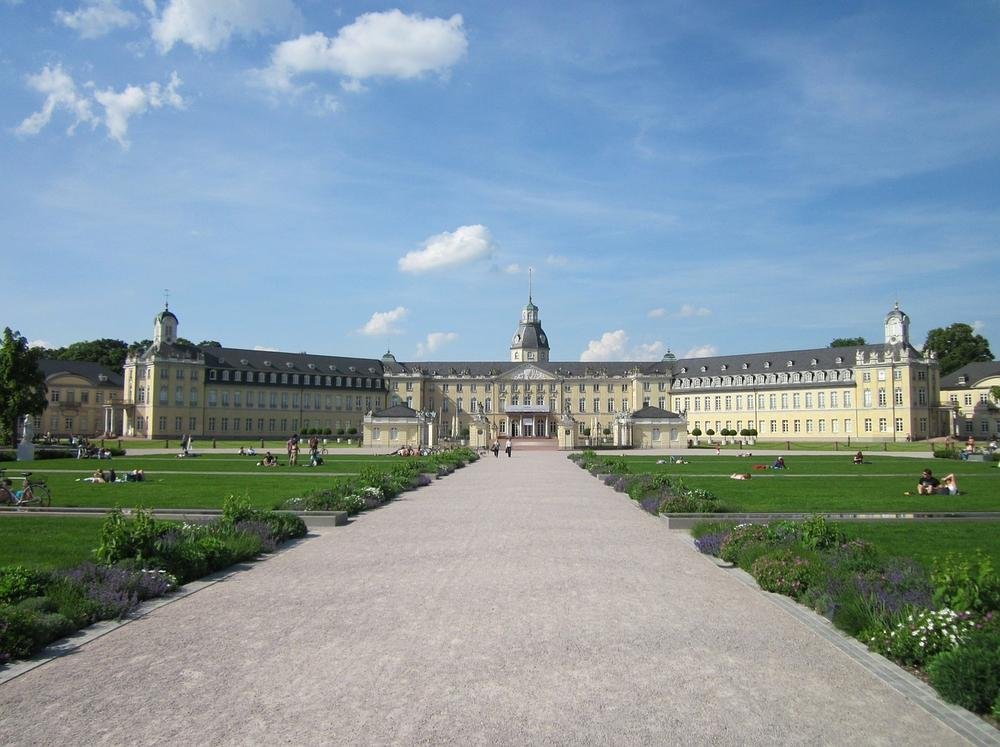
When Charles III William, Margrave of Baden-Durlach, constructed his house to the west of Durlach in 1715, he effectively formed Karlsruhe. And it’s safe to say that practically all roads in Karlsruhe lead to the palace, considering the layout of the city’s streets. Over the next two hundred years, until 1918, Baden’s margraves, prince electors, and grand dukes all lived in Karlsruhe Palace. The building’s distinctive dome was added in 1785, and the current Baroque façade dates to the second half of the 18th century. The war did a lot of damage to the palace, so the city decided to keep the outside and turn the inside into a Baden regional museum, which we’ll talk about next.
Durlach District
The Karlsruhe suburb to the east is much older and only joined the city in 1938. The largest neighborhood in Karlsruhe, Durlach, is home to 30,000 people and is located on the edge of the Black Forest. Durlach is more quaint and boasts bustling medieval lanes that are still partially protected by the town walls, in contrast to Karlsruhe, which is all about Neoclassical ceremonial. The Renaissance town hall, which features a crow-stepped roof and a statue of a knight on its balcony, sits above Marktplatz, the charming center of Durlach. This is thought to be Margrave Charles II, who transferred Baden’s administrative center to Durlach in 1563. Before Charles III William founded Karlsruhe, the Margraves lived in his palace, Schloss Karlsburg, for the following 150 years.
Marktplatz
In the center of Karlsruhe’s ancient market square sits the Karlsruhe Pyramid, one of the city’s most recognizable landmarks. At the beginning of the 19th century, the famous architect and city planner Friedrich Weinbrenner designed the square and the large buildings that surround it, such as the town hall and the evangelical church. This project, known as “Via Triumphalis,” is now regarded as a masterpiece of Neoclassical urban design and, save for a few contemporary signs, largely resembles how it appeared when it was finished 200 years ago. And the sandstone pyramid in the middle, which was inspired by Egyptian pyramids in both shape and function, houses the tomb of Margrave Charles III, who founded the city.
State Museum of Natural History
This famous museum got its start with the strange things in the cabinet of Landgravine Caroline Louise of Hesse-Darmstadt. Before moving to this fancy-looking hall in 1872, the “Naturalienkabinett” opened to the public for the first time in 1785. There are currently extensive exhibitions for zoology, entomology, mineralogy, and geology, as well as some fascinating fossils, thanks to the expansion of the collections throughout time. One of them is the skeletal remains of a massive salamander known as Andrias. When Andrias was first discovered in 1726, the Swiss scientist Johann Jakob Scheuchzer thought it was a person. The museum also has a terrarium for reptiles and amphibians and a vivarium for tropical freshwater and marine animals with 30 tanks.
Karlsruhe Majolica Manufactory
You could see a broad strip of blue floor tiles in the Schlossgarten, which is the area around the palace. You are staring at the 1,635 majolica tiles called Blauer Strahl (Blue Beam), which connect Karlsruhe’s Majolica Manufactory to the palace. Grand Duke Frederick I started the factory in 1901, and even though a lot has changed in the last 116 years, it is still in business today. In the former workshops, there is a museum that displays how ceramicists adopted each new aesthetic, from Art Nouveau to Expressionism, Nazi art, and styles from the 1950s and 1960s. Additionally, there are bowls, tiles, vases, and plates with the signatures of the most renowned ceramicists in the industry in the factory shop.
State Art Gallery
The fine arts museum in Karlsruhe houses 800 years’ worth of European artwork, with a focus on 17th- and 18th-century Dutch and French pieces. In the 1840s, the neoclassical museum building was built next to the botanical garden so that the great collections from the Baden mansion could be shown. In the 1800s, this was set up by Landgravine Caroline Louise of Hesse-Darmstadt, who was also a hobby artist. Albrecht Dürer, Lucas Cranach the Elder, Hans Baldung, Rubens, Caspar David Friedrich, Delacroix, Gustave Courbet, Degas, Pissarro, Gauguin, and Cézanne will all have works on display for you to enjoy. Also included are works from the 20th century by Kandinsky, Kirchner, Delaunay, August Macke, Franz Marc, and Otto Dix, all of which were made before 1945.
Pfarrkirche St. Stephan
At the start of the 19th century, Grand Duke Karl Friedrich asked the Neoclassical architect Friedrich Weinbrenner to build the Catholic parish church in Karlsruhe. Saint Stephen was chosen as a tribute to Stéphanie de Beauharnais, the Prince of Monaco’s ancestor and the half-sister of Napoleon’s first wife, Joséphine. With the exception of a 43-meter tower that was built against Weinbrenner’s wishes, the building is based on the Roman Pantheon. The high altar and organ were replaced in the 1950s after the church sustained damage during the war.
Botanischer Garten
During the time of Margrave Charles Frederick, the first public botanical garden was built to the south-west of the palace grounds. Karl Christian Gmelin, a well-known botanist, and Friedrich Weinbrenner, a neoclassical artist, were the ones who designed the orangery and winter garden. A bit later, in the middle of the 19th century, came the greenhouses. Even if the garden is no longer a place for science, it has been transformed into a picturesque green area surrounded by old structures, sculptures, and basins. Twenty different exotic tree types may be found in the garden, and the greenhouses include modest but lovely collections of tropical and Mediterranean plants.
Turmberg
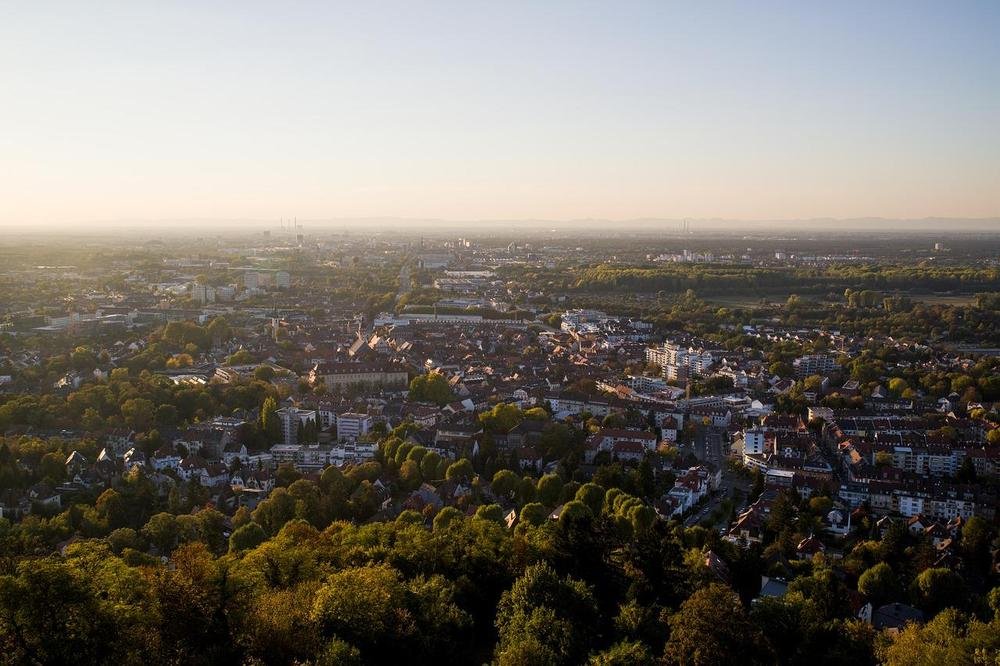
This hill overlooking the suburb of Durlach is a well-liked day trip from Karlsruhe. The remnants of a castle are on top of Turmberg, the Black Forest’s highest point in the northwest, at a height of 246 meters. This belonged to the Margraves of Durlach, who left the keep standing as a watchtower in the 16th century in favor of a dwelling in the town. You may look west from the observation deck of the tower at the geometrically shaped cityscape of Karlsruhe and even as far as the French Vosges. There are two ways to get up the hill: the Turmbergbahn, which is more comfortable, or the 528-step staircase built in 1781. This is Germany’s oldest continually operating funicular, having been built in 1888.


